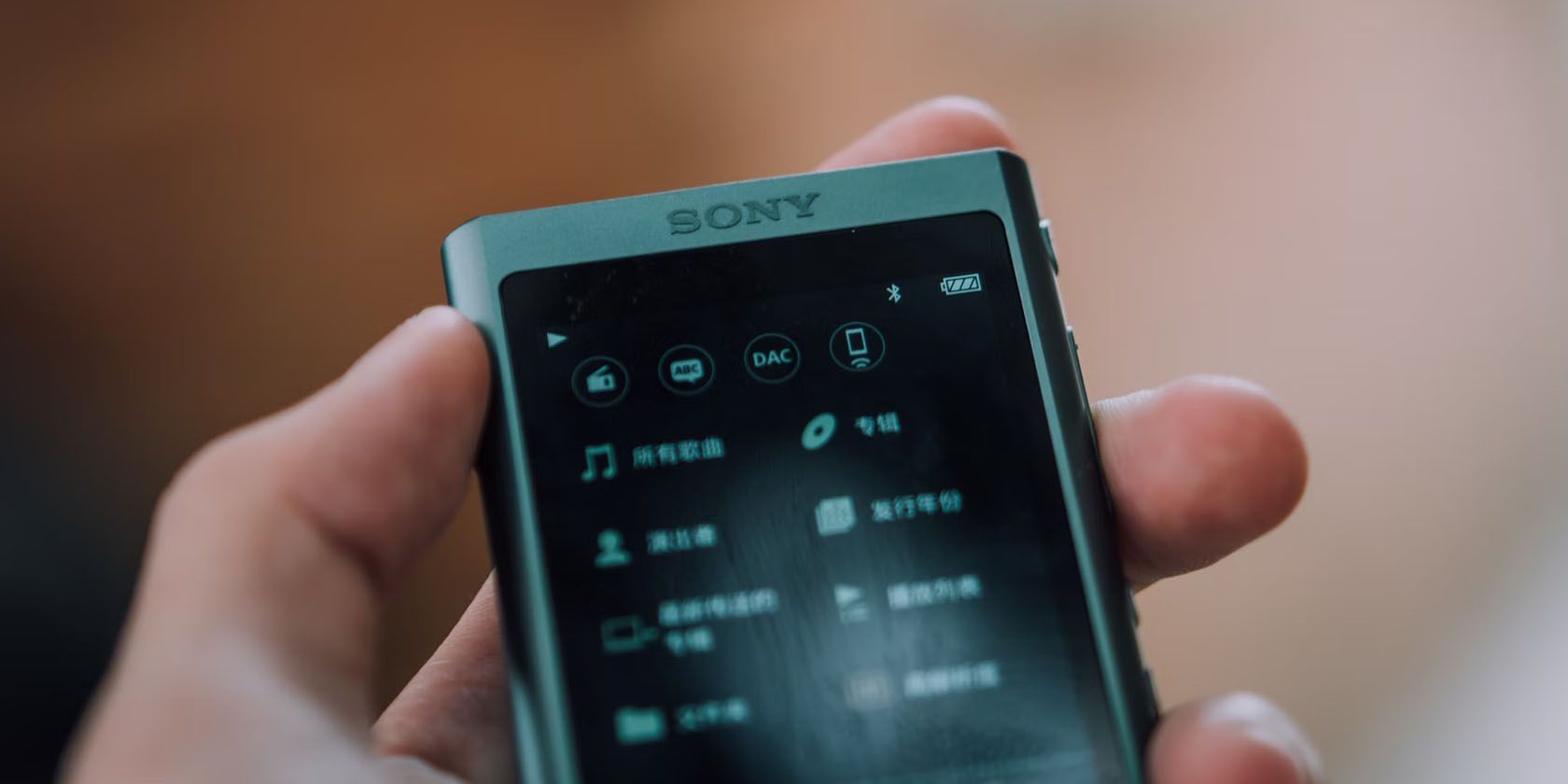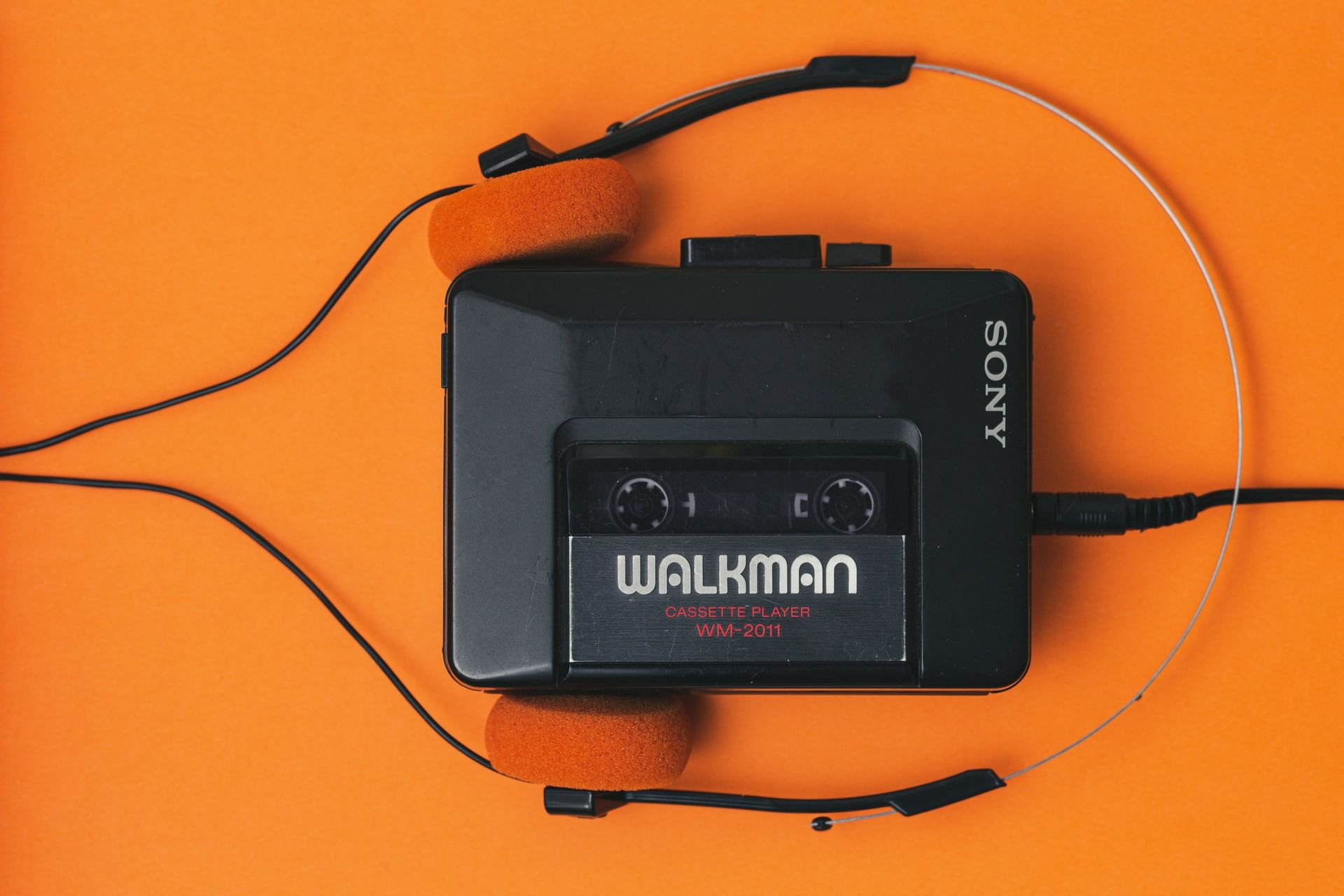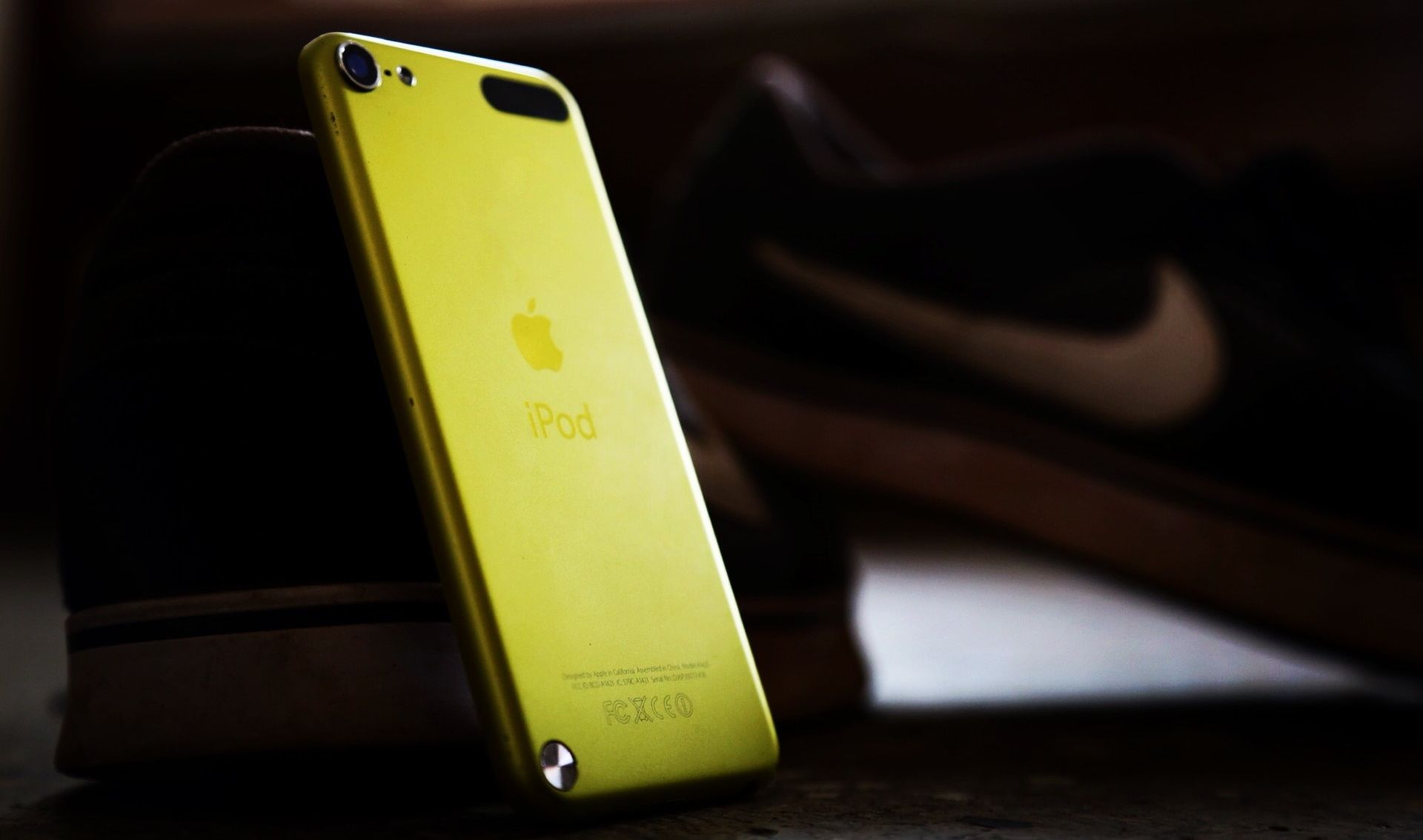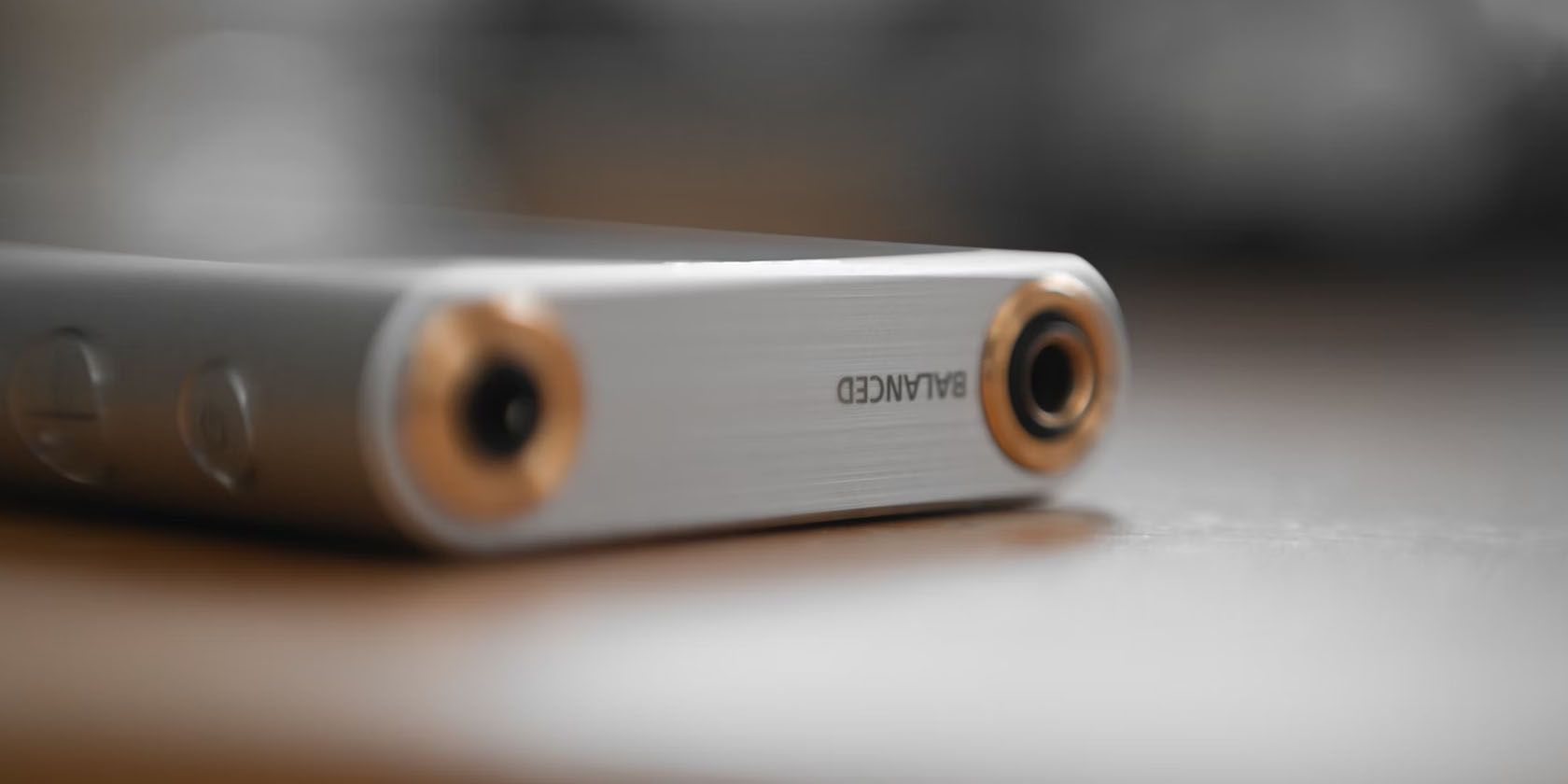Portable music players have been around for decades. Bringing up the term also brings back fond memories of the Walkman, or more recently, Apple's iPod. But there's a reason why, for most people, they're a happy memory rather than something they still use every day. For the most part, our smartphones have filled the void left by music players, and we're getting our music from services like Spotify, Apple Music, or YouTube Music.
Still, music players are still around, and there's an important reason why. But should you care enough about them to buy one?
The Rise and Fall of Music Players
Before we look at why music players are still a thing these days, we need to look back at how they originated and why they're mostly absent from our lives now.
The original Sony Walkman was released in 1979. It was first released in Japan, and Sony had modest sales expectations for it, predicting to sell about 5,000 units a month. Those expectations were met and surpassed, selling more than 30,000 units in its first two months.
The original Walkmans didn't use the same digital music files we're using nowadays. Instead, they played compact cassettes, a standard developed and released by Phillips in 1963. They also came with headphones to listen to your music on the go.
The Walkman quickly went global in the 1980s, becoming a cultural phenomenon. By 1989, Sony had sold 100 million units. They also transitioned to CDs when the time came, first being marketed as "Discman" and then as "CD Walkman."
While digital music players started to become popular in the late 1990s, their big break would be boosted by the launch of the iPod in 2001. This was the point where users largely transitioned from physical music media to digital music files, thanks to the magic of the internet and, in the case of iPods, iTunes.
Back at this time, this was our primary method for listening to music on the go. Load it on your device (using either a computer for digital files or a cassette/CD for other types of players), plug in a pair of earbuds, and go off. But then, in 2007, Apple launched the iPhone, which, among other things, absorbed many of the music-playing capabilities of the iPod.
As both Apple and Android smartphones popularized, dedicated music players began losing steam rapidly. After all, there was no point in carrying a separate device if your phone can do the same things and do them even better, as they quickly started to come with more and more storage and, in the case of some Android phones, even expandability thanks to microSD card slots. Soon, that wasn't even needed, as music streaming services like Spotify, Apple Music, and YouTube Music began to arise.
Why Are Music Players Still Around?
Dedicated music players are not dead. They just evolved, adapted to the newer market circumstances, and changed their target audience.
Don't get us wrong: general-purpose music players are dead. The latest iPod Touch was released in 2019 and discontinued in 2022, with no successor planned. And that was pretty much the only big hold-over left. Yet the Walkman series is still seeing regular releases, with the latest models, the NW-WM1ZM2 and the NW-WM1AM2, released in early 2022.
What's the difference? If you look at Sony's Walkman portal, you'll only find two cheap models: the NW-E394, costing $75 and resembling an old-school, no touchscreen MP3 player, and the NW-A105, costing $300 and coming with a touchscreen and the Android operating system. From there, the cheapest option is $780, and everything else is over $1,000, with a couple of options costing over $3,000.
Sony (and other manufacturers) are putting weight on premium, high-end music players. The audiophile market is a small yet loud community, and Walkman is Sony's dedicated solution for them. While smartphones will provide a good enough experience for most people, Walkman devices advertise features like native DSD file support and the inclusion of an S-Master HX digital amplifier.
The Walkman lineup also has the DMP-Z1, a tabletop device that sacrifices portability but costs $8,500 and promises to give audiophiles the ultimate listening experience with a number of premium features.
Should You Buy a High-Res Music Player?
For most people, a high-end music player, or a dedicated music player in general, might be a bit useless.
If you already have a smartphone, you probably already have most of your music listening needs served. If you have local music, your phone can play even lossless FLAC files. And while headphone jacks are every day less common on phones, Bluetooth earbuds are getting better every day as well. And if you really need the music fidelity and reliability that wired earbuds/headphones provide, you can always use a dongle to plug them into your USB-C port.
If you don't have local music and you just want to enjoy jams, then Spotify and other music streaming services do a swell job already. And as music streaming services get their hi-fi tiers up and running, things will get even better.
That said, if you're an audiophile and crave the absolute best listening experience, the Walkman lineup and Sony's high-end audio products might be worth a look. They come with not only best-in-class playback, but they also have a number of features to fine-tune your songs and make them sound just how you want them to.
The Android-powered Walkmans also support music streaming services, and if you have access to hi-fi music on any of them, you might be in for a treat. Then again, you need to consider whether spending over $1,000 or, in some cases, $3,000 on a dedicated music player is a good idea for you or not.
You're Fine With a Phone
Most people aren't "audiophiles" and cannot justify the cost of a high-end music player like a Walkman. In most cases, your phone will serve you just fine. However, it might be worth a look if you're really after that best-in-class experience.
But as ever, make sure to do your research before buying.




